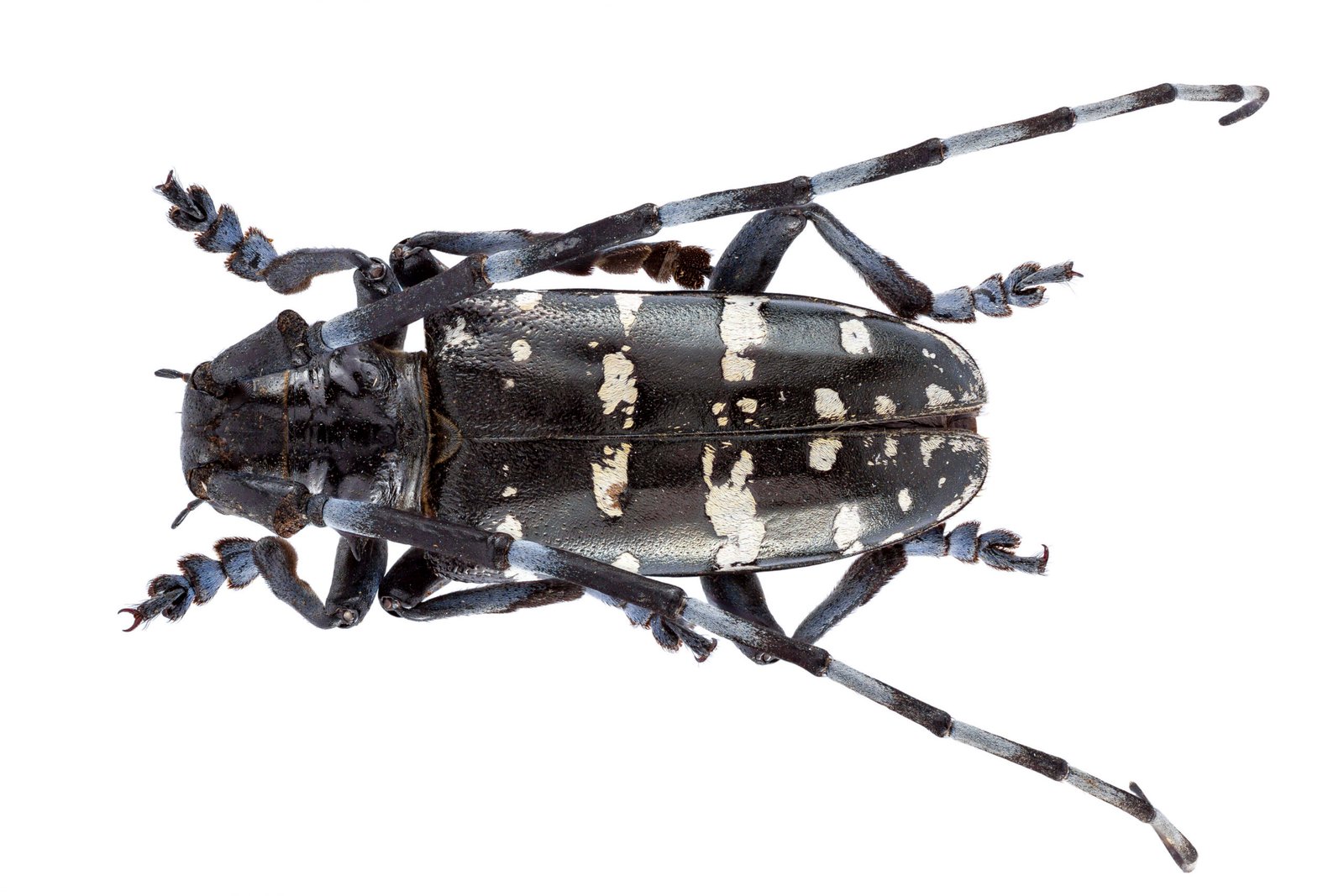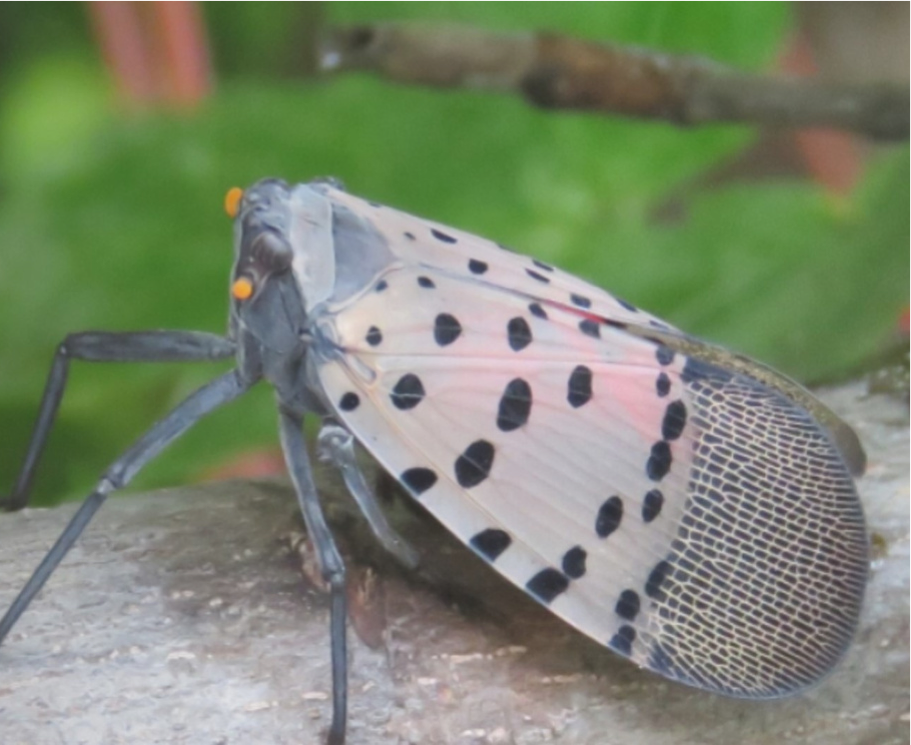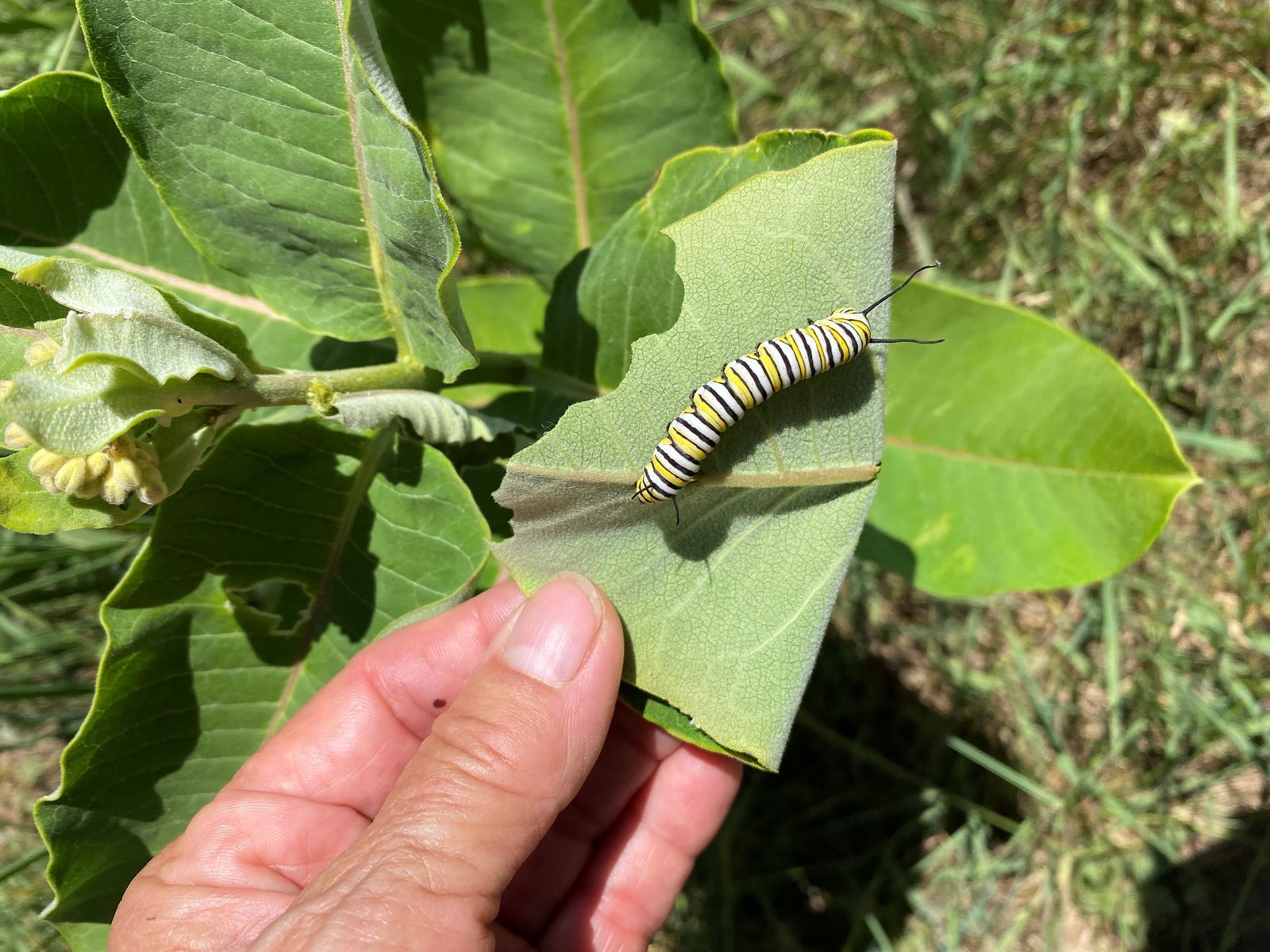Insects
Please Note:
- Do not handle or go near wildlife, for your safety and theirs!
- The time of year is important to consider when monitoring. Note the active season for each species.
- If you are unsure of how to identify a sighting, contact the host organization or review the provided resources before you submit data.
- Note that certain surveys require a type of training to participate.
- Rescue information is provided for certain species if found injured or distressed.
If you would like to use data from the wildlife monitoring surveys for school projects or other purposes, please reach out to the host of the survey to gain permission to use.
Asian Longhorned Beetle Monitoring
Host/Lead Collaborators:
New York State Department of Environmental Conservation
Resources:
– Asian Longhorned Beetle Swimming Pool Survey
– Asian Longhorned Beetle Overview
Training:
Not required
Active Season:
From late July until you close your pool, look at the debris you collect in your pool filter or skimmer.
Habitat:
Trees, Pools
Survey Contact:
foresthealth@dec.ny.gov
1- 866-702-9938

Spotted Lantern Fly (& Tree-of-Heaven) Monitoring
Host/Lead Collaborators:
– iMapInvasives – New York Natural Heritage Program
– NYS Department of Agriculture and Markets
Resources:
– Spotted Lanternfly
– Tree-of-Heaven
– iMap Training
– Long Island Invasive Species Management Area
Training:
REQUIRED – go to www.nyimapinvasives.org/slf to register for upcoming webinar trainings, view recordings of past trainings, or use the identification resources on our site to train yourself.
Active Season:
Year-round (Adults: July-November)
Life cycle images
Habitat:
Tree-of-heaven thrives in disturbed habitats and can tolerate acidic soils and air pollution, but is highly intolerant of shade. Infestations are most commonly found in disturbed urban landscapes, including beneath powerlines and along right of ways, as well as in riparian zones, open areas, forest edges, and forest openings . Spotted lanternfly eggs are laid on any hard, smooth surface, including plants, trunks, stones, and bricks. Because of this, egg masses may be spread unknowingly. Spotted lanternfly nymphs are able to feed on many hosts, while adults prefer Tree of Heaven (Ailanthus altissima) and grapevine (Vitis vinifera)
Survey Contact:
imapinvasives@dec.ny.gov

Monarch Larva Monitoring Project
Host/Lead Collaborators:
Monarch Larva Monitoring Project
Resources:
Training:
Training materials can be found online (https://monarchjointventure.org/mlmp/mlmp-training), or participants can sign up for seasonal in-person or virtual trainings.
Active Season:
Summer is the peak season, but depending on where you are located you can also find monarch larva in the late spring and early fall.
Habitat:
Milkweed Plants
Survey Contact:
info@mlmp.org

